Adventure.
A video game that was created against management’s approval yet sold over a million cartridges for Atari in the early 1980s. A game that made Atari tens of millions of dollars but whose creator was paid only $20,000 a year.

It was a game that defined a genre and influenced all long-play video games. When Adventure was released in 1979 for Atari VCS, it achieved commercial and critical success and impacted the video game industry and our broader culture. This is all thanks to the genius of Warren Robinett.
Creator of Adventure
Warren Robinett was hired by Atari in 1978 as its Video Computer System was rising in popularity. He was hired to develop a video game and as was common at that time, had to do all of the design, coding, graphics, and sound. He started working on Adventure in the spring of 1978 and finished it in the summer of 1979 for a release in Christmas of the same year.
Warren was inspired to create Adventure when he played the original ‘Colossal Cave Adventure‘ game created by Don Woods and Willie Crowther in 1978 at the Stanford Artificial Intelligence Lab. (source)
He then spent months figuring out how to create a living world within the meagre resources (128 bytes of RAM and 4096 bytes of ROM) of the VCS. He was told by his manager that it was impossible to do and was a waste of time. But Warren believed that it was possible and his brilliant engineering proved his doubters wrong. (source)
Such a masterful effort unfortunately took a toll on Warren and he soon left Atari after completing Adventure. He admits he was burnt out after working long hours and became disillusioned with the corporate culture there. He left in 1979 and went on to form The Learning Company. (source)
Warren had a very short video game development career (as seen below) but the impact he had with his masterpiece Adventure broke down so many game development barriers that still benefits us to this day.
| GAME | SYSTEM | COMPANY |
| Slot Racers (1978) | Atari VCS/2600 | Atari |
| Adventure (1979) | Atari VCS/2600 | Atari |
| BASIC Programming (1979) | Atari VCS/2600 | Atari |
| Rocky’s Boots (1982) | Apple II | The Learning Company |
Innovation in Design and Engineering
Adventure for the Atari VCS was the first-ever adaption of one genre to another. Warren took the essence of Colossal Cave Adventure which was a text-based, keyboard-input adventure game and converted it to an action-adventure game using a joystick. Though adapting video games between genres is common practice now, in 1978-79 nobody else had attempted to do something like this. It is a marvel of vision and execution.
Colossal Cave Adventure (link to playable version) was keyboard-driven and had mainframe computers powering it. Warren’s decision to do graphical video game adaption meant it needed to be a much simpler program, and with only a joystick for input, the set of “commands” was necessarily brief. Yet Warren not only managed to adapt it but did so using the VCS’s meagre computing power.
Adventure possesses multiple rooms that the player travels between which was a huge innovation at that time. All previous games that Atari released were held on one screen like Combat and Pong. Having the game allow room-to-room movement gave the player a much bigger space to have action in, the prototype of what modern-day gamers call “open world”!
Warren said: “…Then instead of describing each room in text, I would show it on the screen, one room at a time. Driving off the edge of the screen was the analog of “Go North” or east or whatever. This allowed the game to have a much larger playing space than a single screen, which was a big change in the feel of a video game.” (source)
That feeling of freedom is reinforced by the absence of scoring or a time/life limit. Either you play and win or you do not. If you die, you reincarnate and carry on. This is not a game to beat, but a game to explore. With Adventure, we see the first cultural shift in video games towards more contemplative play. The game is like a sandbox where you can explore and find the different in-game items and then discover how they interact with each other.
To ensure players did not get bored with the limited world size, Warren programmed Level 3 to have randomized pattern placement of items, almost like a proto-Roguelike. From an interview with Warren Robinett on the Good Deal Games site:
“I used the random object placement in level 3 for variety. I didn’t want it to be like a puzzle, where once you’ve solved it, it’s not very interesting to do it again. I wanted to avoid that. The bat was also added as a confusion factor, to move objects around a bit, so that the game wasn’t too predictable. (I did make a mistake in my random object placement code, and there is a 1 in 18 chance that the yellow key will start out in the yellow castle, making the game unwinnable.” (source)
Warren continues:
“The bat, which flew by and stole what you were carrying, was a good idea. It added a bit of unpredictability to the game. However, I used no random generation of monsters, because I wanted the feel of a real place, where all the creatures and objects had specific positions and behaviors all the time and were not just spit at you out of nothingness according to some random number algorithm.”
Warren created in Adventure a virtual playground with randomized items and monsters who operated with their own agenda. For example Yorgle, the Yellow Dragon, is afraid of the Gold Key and will run from it while Grundle, the Green Dragon, will find and guard the Magnet, the Bridge, and the Black Key. Rhindle, the Red Dragon, will seek out and guard the White Key. When not guarding the Enchanted Chalice, Yorgle, roams freely about the Kingdom. Sometimes he will assist Grundle or Rhindle in guarding whatever they are guarding. You can also add difficulty to the game by having the Dragons run away from the sword, making them difficult to slay.
Adventure was a masterpiece of engineering and design. It broke technical and conceptual barriers by creating a thriving little fantasy kingdom that has its own rules and simulated culture. This was heady stuff in 1979-80.
Commercial & Pop Culture Impact
Adventure was a hit upon its Christmas 1979 release, and it eventually sold a million copies. It influenced millions of young Gen-X gamers who have fond memories of playing. The game was not only popular but also created a culturally iconic moment for a generation. It was all because Warren wanted to make a statement and did so it in a subversive way that still resonates today!
Atari designers at the time were not given credit for their games, because the company feared having to bargain with well-known designers. In response to this, Warren placed a hidden object in the game that allows the player to reach a hidden screen which displayed the words “Created by Warren Robinett,” hence creating one of the earliest known Easter eggs in a video game, and the first to which the name “Easter egg” was applied.
Warren said:
“So I created a secret room that was really hard to find, and hid my signature in it. I didn’t tell anybody (this was a hard secret to keep to myself) and let Atari manufacture a few hundred thousand cartridges and ship them around the world.”
He continues:
“I handed over my finished code (with the Easter egg in it) in June 1979, and quit. The game was released for the Christmas season in 1979. I went back to my hometown in Missouri for a while, then traveled around in Europe for a while. When I returned to California in the spring of 1980, I think it was known by then. At least by summer 1980, it (the Easter egg) was known.” (source)
Warren recounts later that one of 2600 game designers (Steve Wright) said ‘Hey, it’s kind of cool to have little hidden surprises in video games. It’s kinda like waking up on Easter morning and hunting for Easter Eggs.’ So the term Easter eggs in video games was born.
This became enough of a distinct cultural practice that Warren’s Adventure Easter egg is a big plot element in the 2011 novel and 2018 film Ready Player One.
Video games, Videos, and more about Adventure
The money that Adventure made for Atari was spent decades ago, but the critical and cultural impact on the USA and Canada continues to manifest to the present day. Below are a listing of fan-made tributes to Adventure, which include video games, videos, and some images/comics.
Adventure for Atari VCS (1979) is emulated to be web playable.
Time ranked Adventure #7 Best of All-Time video games.
AtariMania.com homage page has interviews with Warren Robinett.
1MoreCastle.com homage page points to Adventure’s legacy.
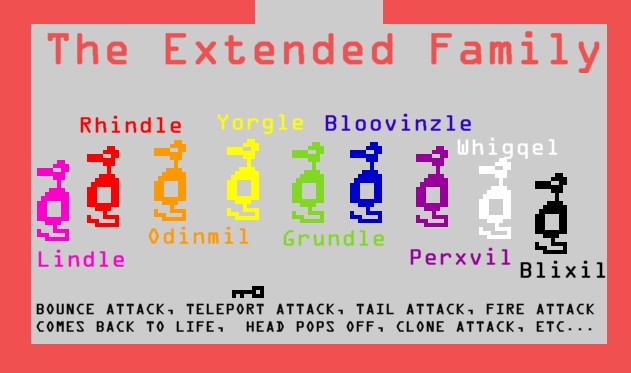
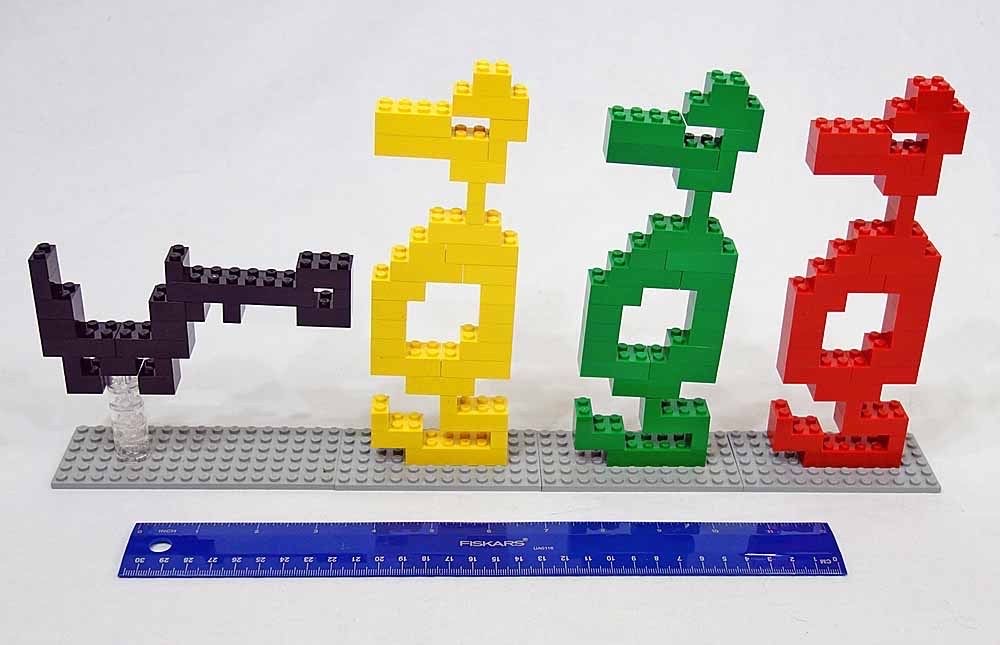
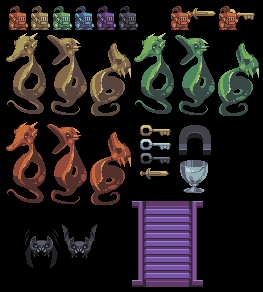
Vintage Computer Festival East on Atari Adventure & Colossal Cave video presentation in 2021.
Elf Adventure *prototype* (1983)
Galahad and the Holy Grail (1982)
Indenture (1995)
Adventure Plus (2002)
Adventure 2600 Reboot (2005)
Adventure II (2007)
Another Adventure (2011)
Epic Adventure (2011)
Pixa on iOS (2014)
The Adventure Game HD Remake (2016)
Adventure Kingdoms (2017)
Misadventure (2018)
Head-to-Head Atari Adventure (2018)
(no longer supported, great video though)
Adventure by Isaac Games (2019)
Adventure II XE (2020)
Quast! A Duck’s Terrifying Adventure (2021)
Adv3ntur3 (2021)
Adventure Remake (2022)
Heropath as a Homage
Heropath intends to be a homage to Adventure. It will follow the same general mechanics (move around, pick up items, avoid dragons, bring quest item to the end map) but Heropath is intended to be an adventure across place and mechanics. I plan for Adventure’s influence to be the first episode of the game that will expand into other stages just like Spore did.
So while there will be dragons, swords, and castles I intend to try and do them in a dreamy, painted graphic style to fit into the plot of Heropath. The plan is to have a homage to Adventure but also other video games that have inspired me. Heropath will eventually be a thread between these games to do something that has not been done before. It’ll be strange and I hope it will be fun.

You can see the baby-steps of what I hope to do as I develop Heropath through the released demos. They are not much but I’m brand new to coding and I am being fully transparent about my progress.
Finally, if you’re interested in staying informed about Heropath’s development, please consider signing up for my newsletter. I promise I’ll send you very few emails, and they will be only about new posts to this blog (one or two a month at most) which will include updates about the game or my thoughts on game development.
Subscribe to our newsletter!
Adventure was submitted by Warren Robinett to Atari in June 1979 – 43 years ago from this month’s blog post!
Added new links Oct 5 2022, Apr 8 2022, and Dec 21 2023



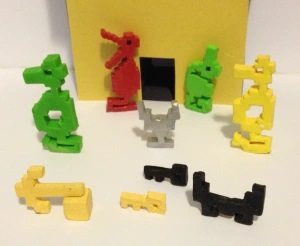
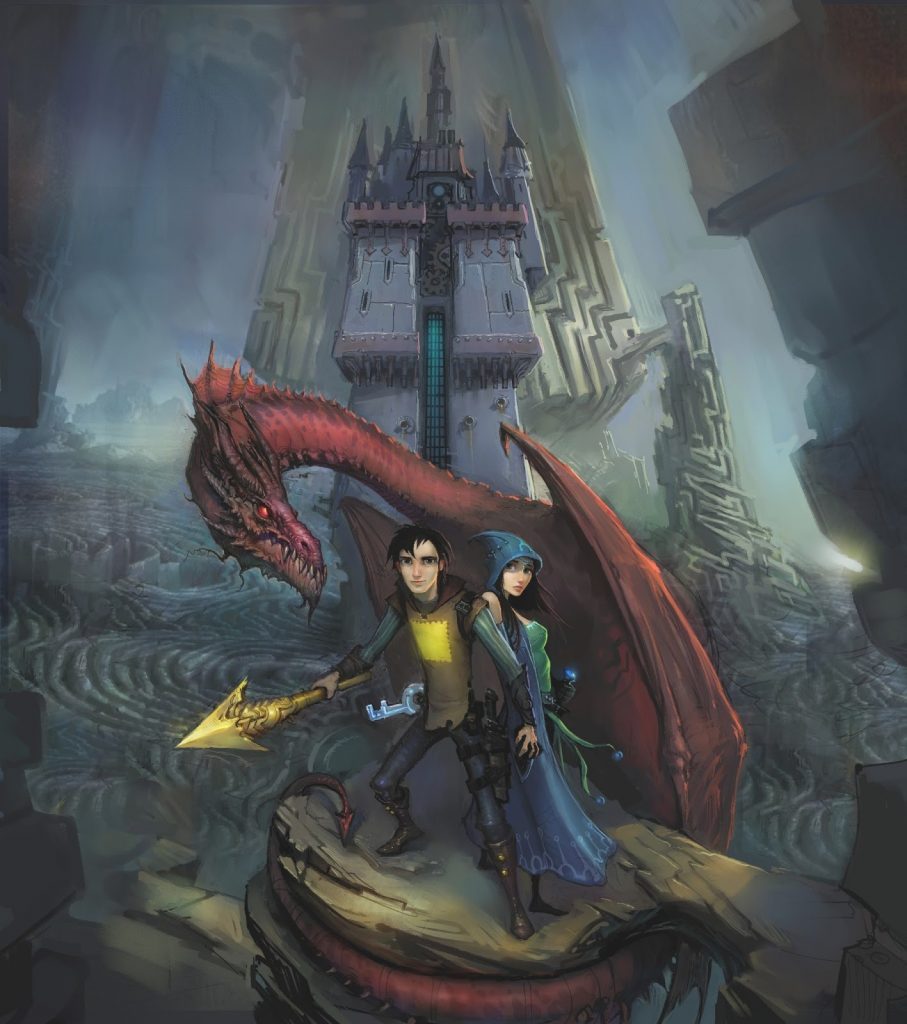
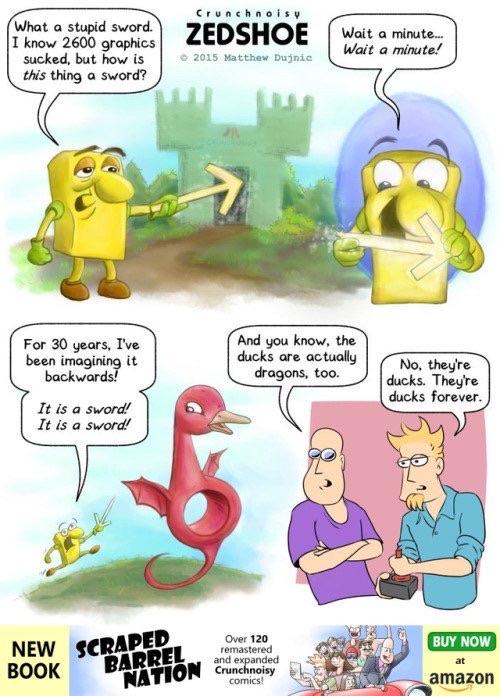
5 thoughts on “Inspired by Adventure (1979)”
Comments are closed.